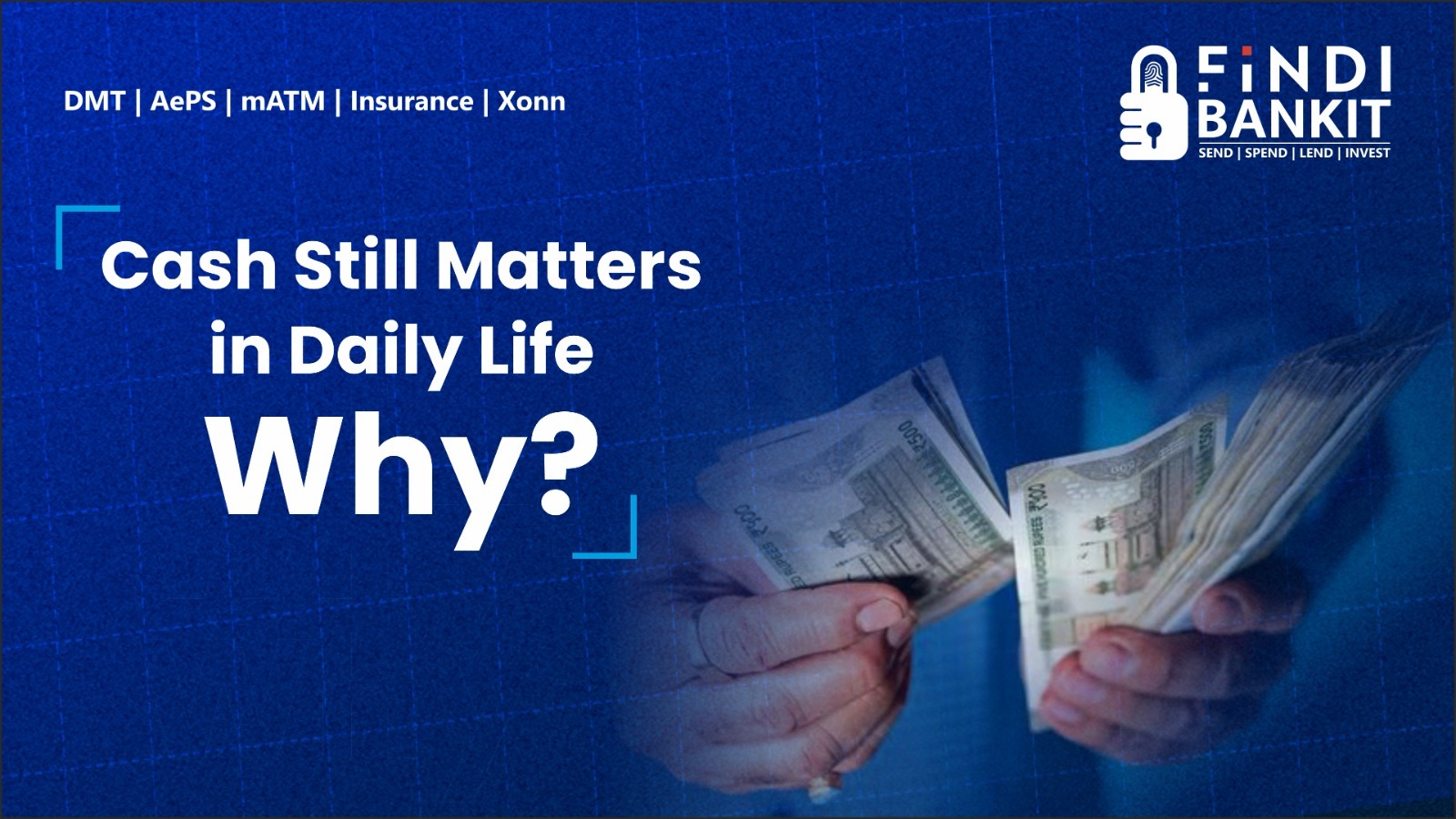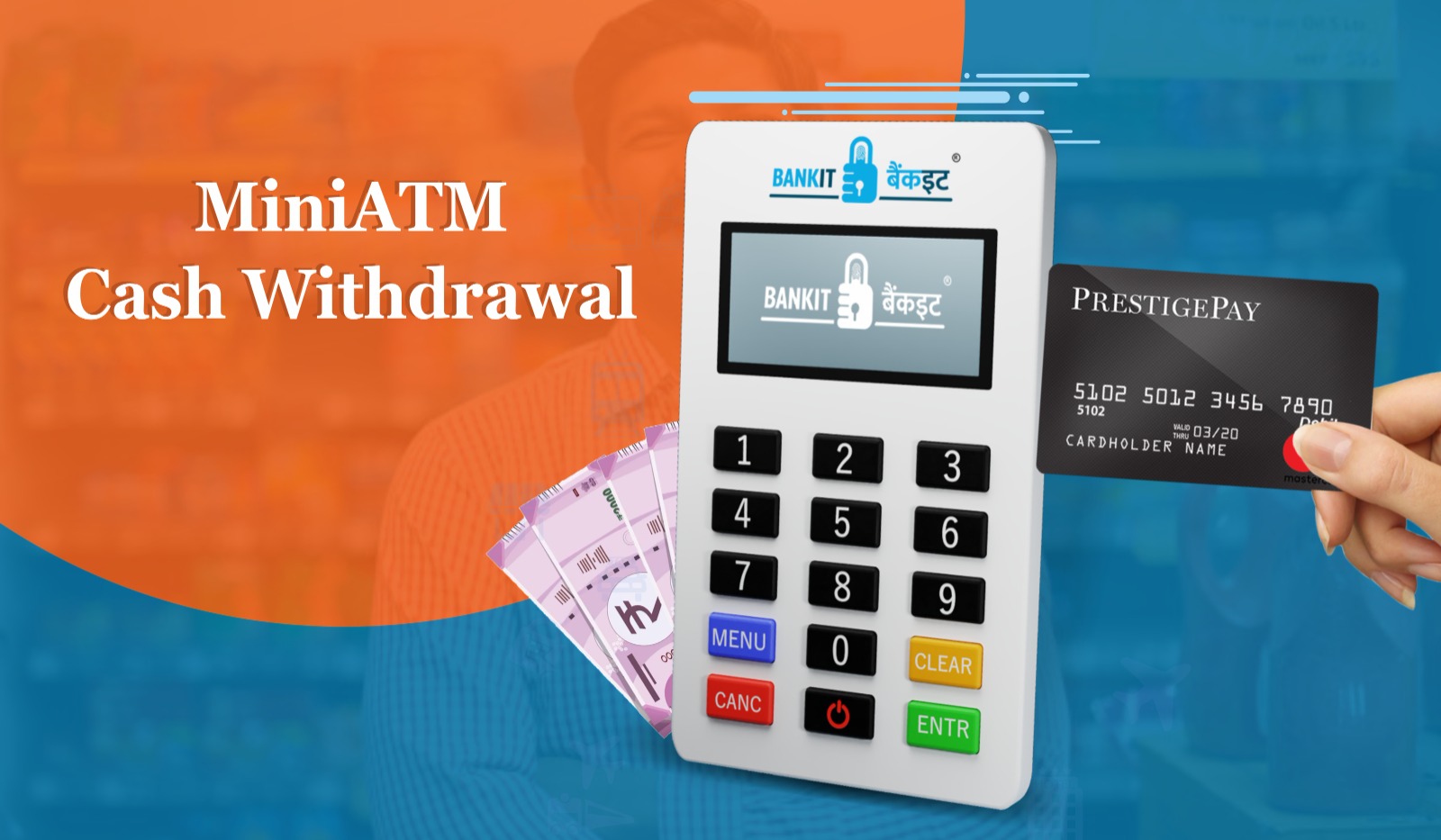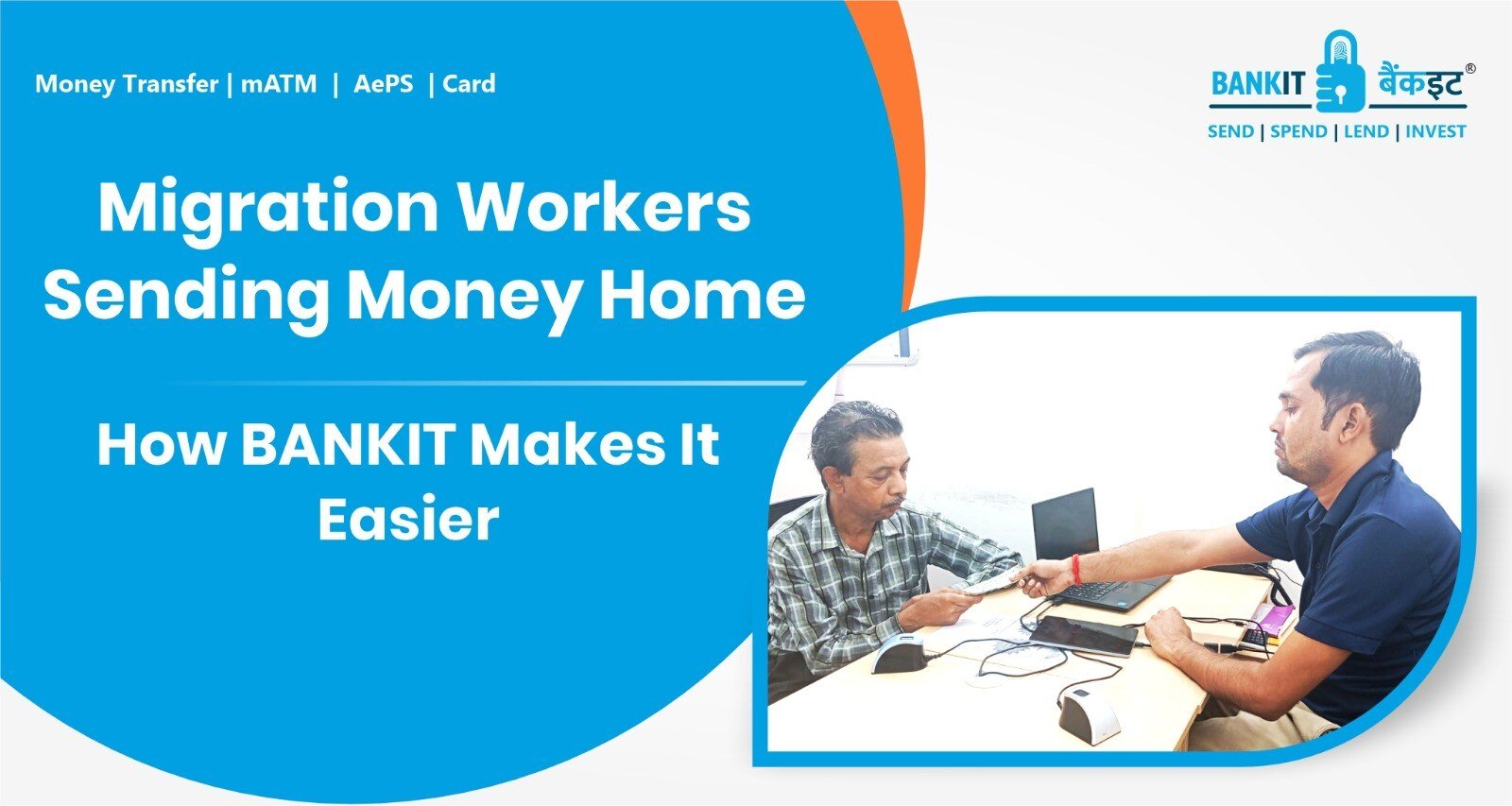Cash Still Matter in Daily Life-Why?

Surbhi was returning from her SSC tutoring. She then stopped to have some tea in winter months of Delhi after spotting a small chai tapri close to the metro station. You know, the place where the air practically smells of cutting-edge treatment and relaxation.
After finishing her tea, she opened her UPI app out of habit and waited for the QR to get scanned. The network was slow-typical peak hour story.
While she was struggling because of her UPI, a schoolboy come and placed a 10 Rs. Note on the table and instantly sipped his chai and went away-laughing, carefree. By then, another old couple also walked in. The husband took out a neatly folded 20 Rs. Note from his pocket and the two sat on the bench and started chatting, smiling over the chai soaking the winter warmth before heading home.
No one said anything to her. No advice. No comment. Just three different people. Three different moments-effortless, simple.
By the time her payment was done, she smiled to herself. Not out of frustration-but out of quiet realization: Cash is a quiet backup in this fast-paced digital world.
The Rise of UPI/Digital Payments
The market of digital payments in India is thriving, enabling the Cash-Centric Economy to a “Digitally Empowered Economy”. India has seen digital payments boom in recent years, driven largely by the Unified Payments Interface (UPI).
UPI launched in 2016 and went from a niche platform to handling over 17 billion transactions a month by 2024–25, accounting for 84% of all digital payment volumes.
The first digital push by the Government was “Faceless, Paperless, Cashless” economy under the robust Digital India which increased by ownership of smartphones, internet access and introduction of new fintech companies. This turn into biggest benefit for citizens, giving them safe and reliable access to multiple digital payments platforms.
India’s Digital Payment Landscape: India’s digital payment journey has hit a whole new vibe. UPI isn’t just a payment option anymore — it’s the default move. With 19.47 billion transactions flying through in July 2025, cash is slowly losing its spotlight. Today, 675 banks are plugged into UPI, weaving one giant network that connects metros, towns, and even the “unusual” corners of India. And the scale? ₹25.08 lakh crore worth of money moved through UPI — that’s not a trend: that’s a lifestyle upgrade. Digital payments aren’t the future anymore… they’re the everyday reality for India.
India's increasing adoption of a digital-fast economy is demonstrated by the rise in digital transactions made via Unified Payments Interface (UPI), Immediate Payment Service (IMPS), and National Electronic Toll Colletion FASTag (NETC FASTag). These technologies have not only made financial transactions easier, but they have also improved security, enabling users to conduct business without fear of fraud or theft.
The Core Problems of Digital Payments
Through incentives, GST reforms, and Digital India initiatives, the Indian government and RBI have boosted digital payments in a big way. As per the 2025 RBI report, digital transactions now stand at 54%. But despite this rise, ease of use still faces challenges that affect security, inclusivity, and daily trust in digital payments.
Here is the deeper look at the core problems that affect everyone from street vendor to privacy-conscious citizen.
- Weaning away from cash: India is slowly moving away from cash as digital payments rise. But this shift isn’t fully voluntarygovernment push, social pressure, and fewer ATMs are nudging people toward digital-only transactions. This creates a system where having a bank account, smartphone, and internet becomes mandatory, excluding those who lack access.
- Digital dependency problem: Digital payments have made us heavily dependent on phones, apps, and internet connectivity. A weak network, drained battery, server outage, or technical glitch can suddenly stop daily transactions. Convenience is clear, but the over-reliance is risky people now need a phone even for ₹10 chai.
- The social divide: Digital payments have silently widened the gap in society. On one side are tech-savvy urban users: on the other, elderly citizens, rural communities with poor internet, and low-income groups without bank accounts. This deepens existing inequalities and creates a two-tier society based on digital access.
- Privacy and Control Problem: Digital payments track spending patterns and user behaviour, raising privacy concerns as data is shared across platforms and third parties. Cash offers anonymity—digital doesn’t. Plus, digital money isn’t fully in our control: accounts can be frozen, and apps can restrict transactions, unlike cash.
- Small merchants and micro economy: Cash is instant and cost-free for small merchants. Digital payments require POS machine, QR code and internet connectivity. There are other fees which lies behind your every UPI transaction like Merchant Discount rate (MDR) fees, payment gateway fees which already reduces a part of their earnings.
- Emotional and cultural disconnect: Digital payments are efficient but doesn’t able to carry the emotional weight. Remember when our grandmother gives us a note of 500 Rs. In our hands which carries emotions and satisfaction. A vegetable seller in Patna told a business daily, “Digital ka system thik hai, par din ke ant me notes gin ke alag hi sukoon milta hai.” Cash holds sentimental and cultural meaning that UPI can’t replace.
Bring in Data: According to a Statista analysis, cash transactions at POS in India decreased from 76% in 2018 to 63% in Q2 of 2024.
According to an EY-CII survey, 11% of respondents in rural and semi-urban India did not favor UPI as a payment method, and 19% chose cash only.
Digital payment adoption in rural areas is severely hampered by inadequate digital infrastructure, low digital literacy, trust difficulties, and financial obstacles.
According to a recent study by PubMed General, 60% of small-scale retailers in Jaipur have not embraced digital payments, while 86% of account holders in rural and semi-urban areas still prefer to visit bank branches.
Situation where cash is better
When everyone is pushing themselves to adapt the digital technology, a huge chunk of India still trust cash more. And honestly, they are not wrong entirely.
There are the moments when cash quietly steps in and saves the day. In everyday, real-life scenarios, such as a network outage, a power outage, or a street seller without QR-cash, the hero role is still played.
- Privacy and anonymity: Cash provides anonymity that digital payments don’t offer.
- Universal Acceptance: Cash is universally accepted and does not require any kind of internet connectivity.
- Budgeting and Financial Control: Cash provides a way to monitor and control your expenses, which is essential, especially for low-income households. Whereas digital payments can lead you to overspend because it detaches you psychologically from physical cash.
- Small value transactions: People still prefer cash for small and everyday transactions or at the place or vendors who doesn’t accept digital payments.
- Digital literacy issue: There many people in India who are not aware of the terms of digital things and struggles to use these digital platforms, thus they strictly prefer cash over online payments.
Hybrid Approach (Cash + UPI)
India's payments system is moving toward a hybrid model, in which cash and digital channels coexist and play different but complementary functions. Our country doesn’t need “Cashless Economy”, instead of that we need cash-smart + digital-strong economy.
The decrease in cash usage was a contributing factor to India's real GDP growth of 6.9% in FY 2022–2023. The rise in digital payments is indicative of a shift away from cash and toward a more structured and open financial system.
This hybrid approach becomes even more vital when nearly 80% of rural transactions still happen in cash. It keeps the system accessible for senior citizens, low-literacy users, and those without smartphones. It also protects cultural familiarity with cash while embracing modern, digital efficiency.
“Digital India” looks ahead — but “cash-smart + digital-strong” feels wiser. Cash is our cultural pulse; digital is our growth engine. Together, they make India truly unstoppable.


